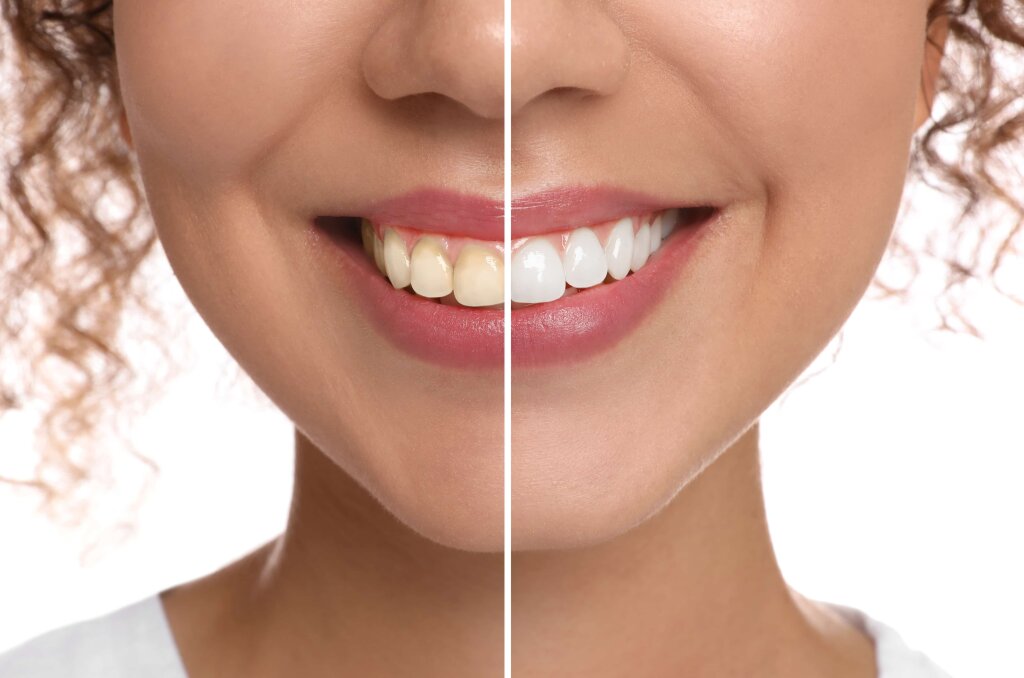Root canal therapy is an endodontic treatment method aimed at removing infected or damaged tissue inside the tooth and saving the tooth. Infections in the root canal can lead to severe pain and tooth loss over time. Fortunately, modern endodontic treatment methods can effectively address these issues. In this article, we will explore the modern methods of root canal therapy and the advantages these methods offer.
What is the Main Purpose of Root Canal Therapy?
The primary purpose of root canal therapy is to treat the infection or damage of the soft tissue inside the tooth known as the pulp. The pulp contains the nerves and blood vessels of the tooth. If this tissue becomes infected, an infection spreading to the root of the tooth can develop, potentially leading to the need for tooth extraction. However, root canal therapy is an effective option for saving the tooth and maintaining its function.
In root canal therapy, the infected pulp tissue is removed, the root canals are cleaned and shaped, and then the root canals are filled and sealed. This procedure allows the tooth to remain healthy and functional without losing its function.
Modern Root Canal Treatment Methods
While traditional root canal treatment methods have yielded successful results, modern technology has made significant advancements in this field. These innovations have made the treatment process faster, less painful, and more successful. Here are some modern methods used in root canal therapy:
Digital Radiography: Digital radiography allows dentists to see the internal structure of the tooth more clearly. It involves less radiation compared to traditional X-rays and provides instant imaging. This technology plays a crucial role in planning and monitoring root canal therapy.
Electronic Apex Locators: These devices are used to determine the apex of the root canal. Accurate measurement of the canal length is critical for the success of the treatment. Electronic apex locators perform this measurement quickly and accurately, increasing the effectiveness of the treatment.
Dental Microscopes: Dental microscopes allow detailed examination of the internal structure of the tooth. These microscopes enable the dentist to see the root canals more clearly and treat even the smallest details. This technology is particularly useful in complex cases.
Laser-Assisted Root Canal Therapy: Laser technology helps clean the infected tissues and disinfect the root canals during root canal therapy. The laser is less invasive than traditional methods and accelerates the healing process.
Rotary Endodontic Instruments: Rotary instruments are used to clean and shape the root canals. These tools work faster and more effectively than manual instruments, shortening the treatment time and improving patient comfort.
Advantages of Modern Root Canal Treatment Methods
Modern root canal treatment methods offer many advantages for both dentists and patients. Here are the main advantages of these methods:
Less Pain and Discomfort: Compared to traditional methods, modern methods offer less pain and discomfort. Laser-assisted treatment and rotary instruments, in particular, are less invasive, allowing for faster recovery.
Faster Treatment Process: The use of modern technologies significantly shortens the duration of root canal therapy. Devices like digital radiography and electronic apex locators speed up treatment planning and provide more accurate results.
Higher Success Rate: Innovations such as dental microscopes and laser-assisted treatment increase the success rate of root canal therapy. These technologies allow for more detailed examination of the tooth's internal structure and more effective cleaning of infected tissues.
Fewer Side Effects and Complications: Modern methods reduce the risk of complications during and after treatment. Laser technology, in particular, minimizes the risk of infection and speeds up the healing process.
Aesthetic and Functional Results: Modern root canal therapy ensures the tooth is preserved in the best possible aesthetic and functional condition. Proper cleaning and filling of the root canals help the tooth remain healthy in the long term.
Post-Treatment Care After Root Canal Therapy
After root canal therapy, it's important to take certain steps to protect the tooth and ensure a healthy recovery process. Here are some key points to keep in mind after root canal therapy:
Regular Brushing and Flossing: Regular brushing and flossing are essential to keep the tissues around the treated tooth clean and healthy.
Dental Checkups: Regular dental checkups after root canal therapy are necessary to monitor the condition of the tooth and detect any potential issues early.
Avoid Hard Foods: Avoiding hard and sticky foods during the first few days after treatment helps protect the tooth and speeds up the recovery process.
Consult Your Dentist for Pain or Discomfort: If you experience ongoing pain or discomfort after treatment, contact your dentist promptly. This is important to prevent potential complications.
Endodontic treatment has become faster, less painful, and more effective with modern methods. The use of digital technologies and innovations like lasers enhances the success of root canal therapy and helps maintain the long-term health of the tooth. If you need root canal therapy, you can take advantage of these benefits offered by modern methods to protect your dental health and achieve a healthy smile.






